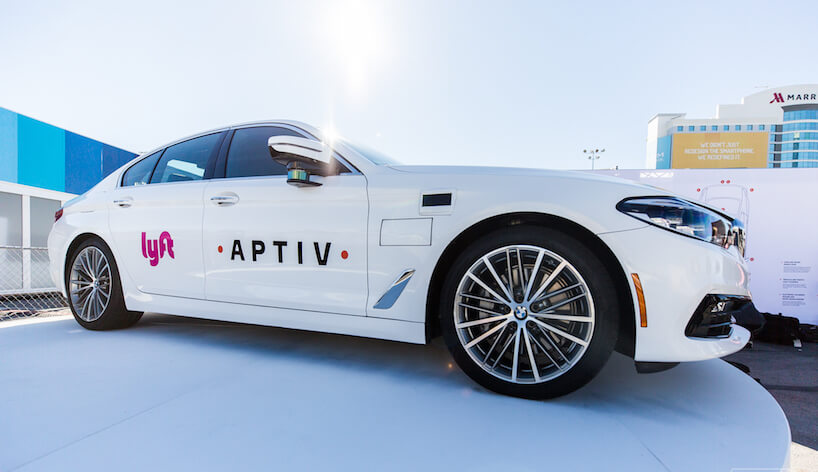CES bills itself as the global stage for innovation, and with sessions on robotics, connected-home technology, 3D printing, and artificial intelligence, that messaging rings true. However, attendees didn’t need a main-stage front seat to see what’s next; they could sit in the backseat of a car. Ride-sharing company Lyft and technology company Aptiv partnered to offer attendees self-driving car experiences from Jan. 9–12. While many self-driving programs have been confined to closed routes, these vehicles shuttled attendees to more than 20 spots along the busy streets of Las Vegas. In an announcement before CES, Kevin Clark, president and CEO of Aptiv, called the program “an exciting demonstration of the future of mobility at work.”
Before attendees hopped in for those rides, they walked through an exhibit detailing the potential impact of self-driving vehicles. The actual demonstrations still required human assistance. The rides included a backup safety driver responsible for managing any issues and an in-car host who continued to discuss the technology that powers the BMW 5 Series. If the wait time for a car was too long, attendees could have opted to stay at the Las Vegas Convention Center, where there was an area at the show dedicated to the next generation of getting from here to there without a human being behind the wheel.
When Will Self-Driving Technology Come to a Car Near You?
CES attendees may be some of the first to experience the self-driving revolution, but how far behind will the rest of the public be? Aptiv estimates that it will be ready to scale to production by 2019, and Lyft isn’t the only consumer-facing name investing in a dramatically different transportation model. In December, Uber announced that its fleet of self-driving cars had traveled two million miles, and Nissan recently announced plans for self-driving taxis in Japan.
While all this sounds exciting, human drivers will be cruising the highways for the foreseeable future. Marcus Rothoff, Volvo’s autonomous driving program director, told Automotive News Europe that the company’s ambitious plan to deliver self-driving enabled cars to 100 families will be delayed by four years. “We are finding that there were more issues to dig into and solve than we expected,” Rothoff said.
As Volvo and other companies work to resolve those issues, expect to see more self-driving vehicles being tested in more destinations around the world. Interested in a preview of what tomorrow will look when you step out of the car? Check out “What the Future Will Look Like for Your Attendees and Employees.”

